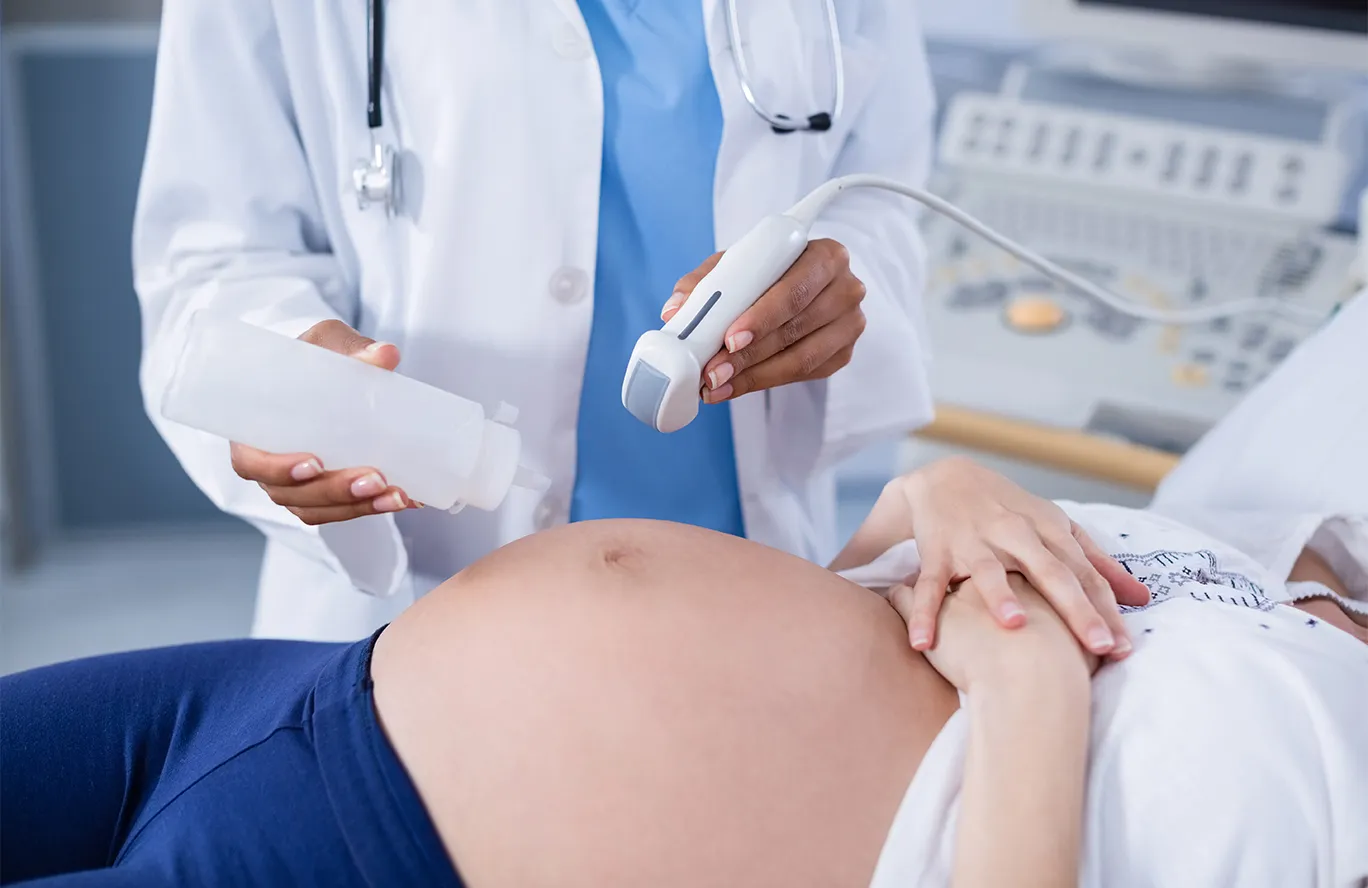What Causes Ectopic Pregnancy During IVF Treatment?
Many people assume that because IVF bypasses the fallopian tubes, the risk of ectopic pregnancy should disappear. However, while IVF reduces the chances compared to natural conception, ectopic pregnancies can still occur. An ectopic pregnancy happens when a fertilized embryo implants outside the uterus, most commonly in a fallopian tube. Though rare, it can be a serious medical emergency if not treated quickly.
This article explores the causes of ectopic pregnancy in IVF, the signs to watch out for, treatment options, and how future fertility can be managed after such an event.
What Is an Ectopic Pregnancy?

An ectopic pregnancy occurs when an embryo attaches somewhere outside the uterine cavity. In about 90% of cases, implantation happens in the fallopian tube, but it can also occur in the ovary, cervix, or abdominal cavity. Since these areas cannot support a pregnancy, ectopic pregnancies cannot progress normally and require medical treatment.
In IVF, embryos are carefully placed directly into the uterus during transfer, but in rare cases, they may still migrate and implant elsewhere.
What Causes Ectopic Pregnancy in IVF?
Ectopic pregnancy in IVF is usually linked to pre-existing reproductive health conditions or factors affecting the uterus and fallopian tubes. Common causes include:
1. Tubal Damage or Scarring
Women with a history of damaged fallopian tubes — from infections, pelvic inflammatory disease (PID), previous ectopic pregnancy, or surgery — are at higher risk. Even though embryos are transferred into the uterus, they may still move backward into the fallopian tubes and implant there.
2. Hormonal or Uterine Factors
Hormonal imbalances or abnormalities in the uterine lining can sometimes make the uterine environment less receptive, leading the embryo to migrate to another location.
3. Embryo Transfer Technique
The way the embryo transfer is performed may influence risk. If the catheter is placed too deeply, or if uterine contractions occur after transfer, embryos can occasionally be pushed toward the fallopian tubes.
4. Multiple Embryo Transfer
When more than one embryo is transferred, the risk of abnormal implantation slightly increases. While many clinics now favor single embryo transfer to lower risks, multiple transfers still happen in certain cases.
5. Unexplained Causes
In some cases, even when the uterus and tubes are healthy, ectopic pregnancy still occurs. This shows that implantation is a complex process not fully understood, and biology does not always follow expectations.
Signs of Ectopic Pregnancy After IVF
Early detection is critical because ectopic pregnancies can become life-threatening if untreated. The symptoms may resemble normal pregnancy or even period-like discomfort at first, making it difficult to identify without medical testing. Warning signs include:
● Sharp or stabbing abdominal pain, often on one side.
● Vaginal bleeding or spotting, especially when unexpected.
● Shoulder pain, caused by internal bleeding irritating the diaphragm.
● Dizziness, fainting, or weakness, which can signal internal bleeding.
● Abnormally low or slow-rising hCG levels, detected through blood tests after IVF transfer.
Anyone undergoing IVF should report these symptoms to their fertility doctor immediately.
How Is Ectopic Pregnancy Diagnosed in IVF?
Doctors typically use a combination of:
● Blood tests to track hCG hormone levels.
● Ultrasound scans to confirm whether the embryo has implanted in the uterus.
If pregnancy is confirmed but no gestational sac is seen in the uterus, further testing is performed to check for an ectopic pregnancy.
Treatment Options for Ectopic Pregnancy
Unfortunately, ectopic pregnancies cannot continue safely. Treatment is necessary to protect the patient’s health. Options include:
- Medication (Methotrexate)
In early cases, methotrexate may be used to stop the growth of the embryo and allow the body to absorb it naturally. - Surgical Removal
If the ectopic pregnancy is advanced or causing internal bleeding, laparoscopic surgery may be required to remove the embryo and repair or remove the affected fallopian tube. - Expectant Management
In rare cases where hCG levels drop naturally and there is no immediate risk, doctors may monitor the situation closely without immediate treatment.
Impact on Future Fertility
A failed IVF cycle due to ectopic pregnancy can feel devastating, but it doesn’t mean you cannot try again. Many women go on to have successful pregnancies after treatment. However:
● If one fallopian tube is damaged or removed, overall fertility may decline slightly.
● IVF remains a strong option since embryos can be placed directly into the uterus again.
● Doctors may adjust protocols or embryo transfer techniques to reduce risk in future cycles.
Reducing the Risk of Ectopic Pregnancy in IVF

While ectopic pregnancies cannot always be prevented, some strategies may help reduce the likelihood:
● Careful screening for tubal issues before IVF.
● Considering single embryo transfer when appropriate.
● Gentle embryo transfer techniques to minimize uterine contractions.
● Monitoring patients closely in the first weeks after transfer.
Wrapping It Up
So, what causes ectopic pregnancy in IVF? The main factors include pre-existing tubal damage, hormonal or uterine issues, and occasionally the transfer process itself. While it is a rare complication, it is important to recognize the signs early and seek immediate medical care. With proper treatment and follow-up, many patients go on to achieve healthy pregnancies in the future.
At The Bridge Clinic, we understand the physical and emotional challenges of IVF — especially when complications like ectopic pregnancy arise. Our experienced fertility specialists use advanced screening, careful embryo transfer methods, and personalized care to give you the safest, most successful outcomes possible. If you have questions about our IVF services, risks, or want to discuss your fertility options, contact us today to schedule a consultation.
Follow us on our social media channels below:
Explore our related articles below:








